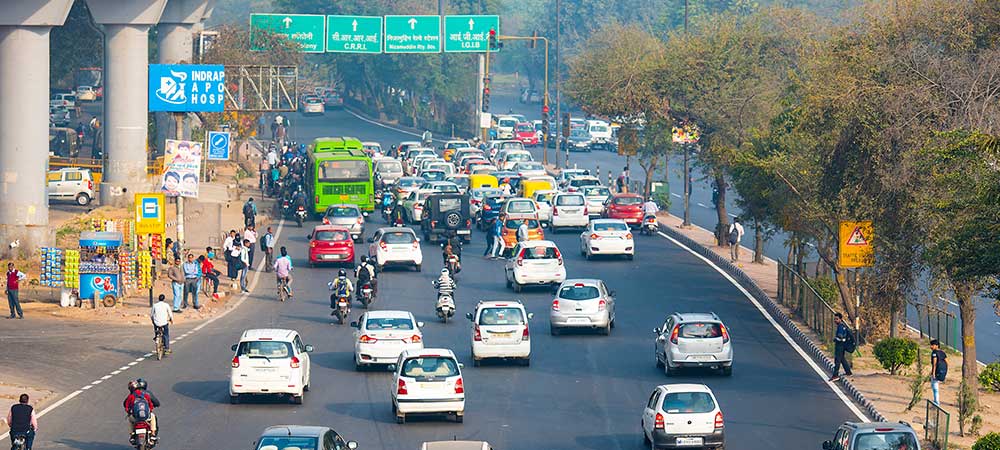 Despite being a welcome step, the introduction of Bharat Stage VI (BS-VI) grade fuel in Delhi, earlier than the April 2020 deadline, will have only marginal impact on vehicular emission and air quality in the city. It must be acknowledged that BS-VI fuel will lead to lesser sulphate and poly-aromatic hydrocarbon emission from vehicles. However, vehicular emission contains several other types of particles and gases and just introducing BS-VI fuel will solve only a small part of the problem.
Despite being a welcome step, the introduction of Bharat Stage VI (BS-VI) grade fuel in Delhi, earlier than the April 2020 deadline, will have only marginal impact on vehicular emission and air quality in the city. It must be acknowledged that BS-VI fuel will lead to lesser sulphate and poly-aromatic hydrocarbon emission from vehicles. However, vehicular emission contains several other types of particles and gases and just introducing BS-VI fuel will solve only a small part of the problem.
In order to take full advantage of BS-VI fuels, we will have to wait till the introduction of BS-VI standards for vehicles in April 2020. These vehicles will contain tail pipe treatment devices like diesel particulate filters and selective catalytic reduction techniques which can control PM and oxides of Nitrogen (NOx) emission by 80-90%. Together, BS-VI fuels and vehicles will have a major impact on emissions.
Another noteworthy point is that introduction of BS-VI fuel in Delhi provides an opportunity to retrofit tail pipe treatment devices in vehicles which are currently in use. A prerequisite for efficient performance of tail pipe treatment devices is less than 10 ppm sulphur content in fuel. A retrofitting program for in-use vehicles in Delhi can be introduced mandating retrofitting of tail pipe treatment devices considering the availability of high-end BS-VI fuels now ensures their efficient functioning.
Last but not the least, the inspection and maintenance (I&M) system in India needs massive improvement. The current Pollution Under Control (PUC) certification system is quite ineffective and requires an overhaul. For instance, the current I&M system does not monitor NOx emission, and the method used for PM monitoring is outdated to say the least. There is also a need to link PUC requirement with the vehicle insurance process to enhance compliance of PUC testing among the masses. Additionally, we need to develop advanced testing centres that evaluate the vehicles under realistic driving conditions and also make use of existing on-board diagnostic technology in the vehicles.
As India transitions towards advanced fuel and vehicles, there arises a need to modernise the existing fleet of vehicles swiftly. We need programmes that allow faster turnover of the fleet from BS-II, III and IV vehicles to advanced BS-VI quickly and efficiently.

